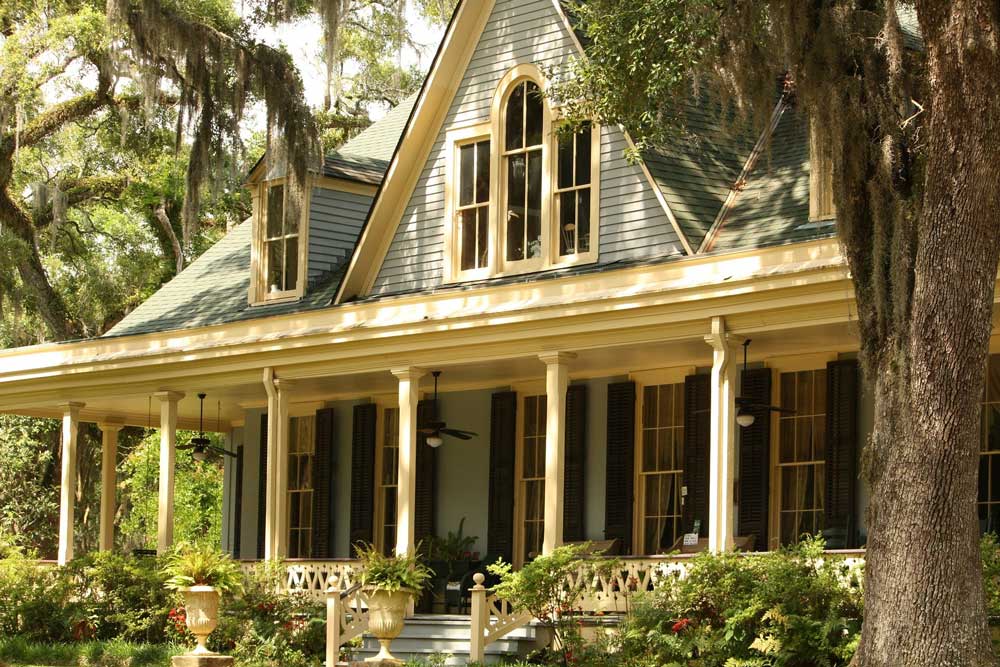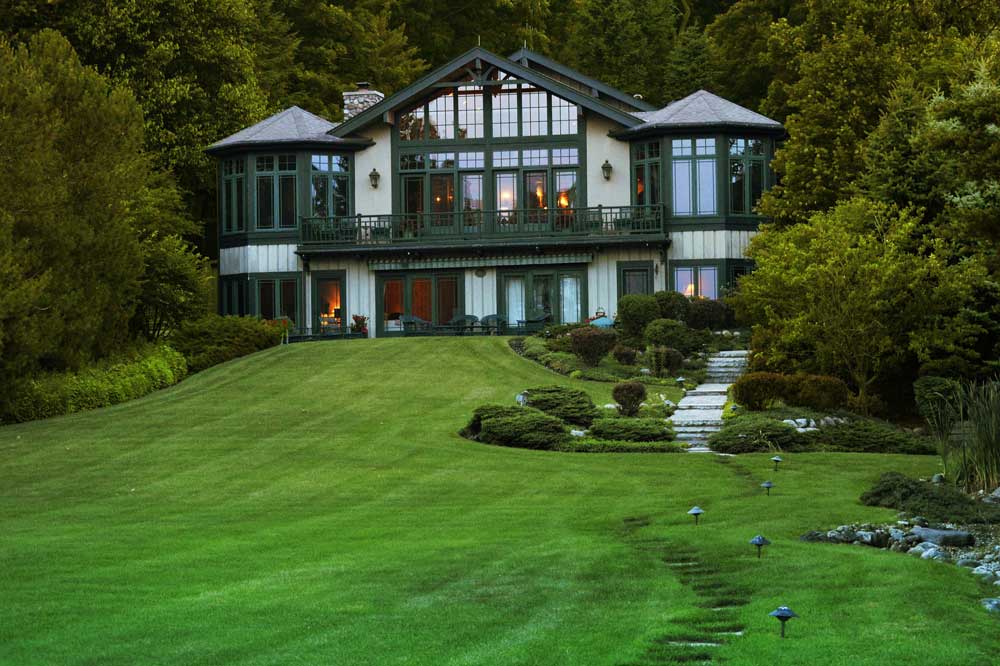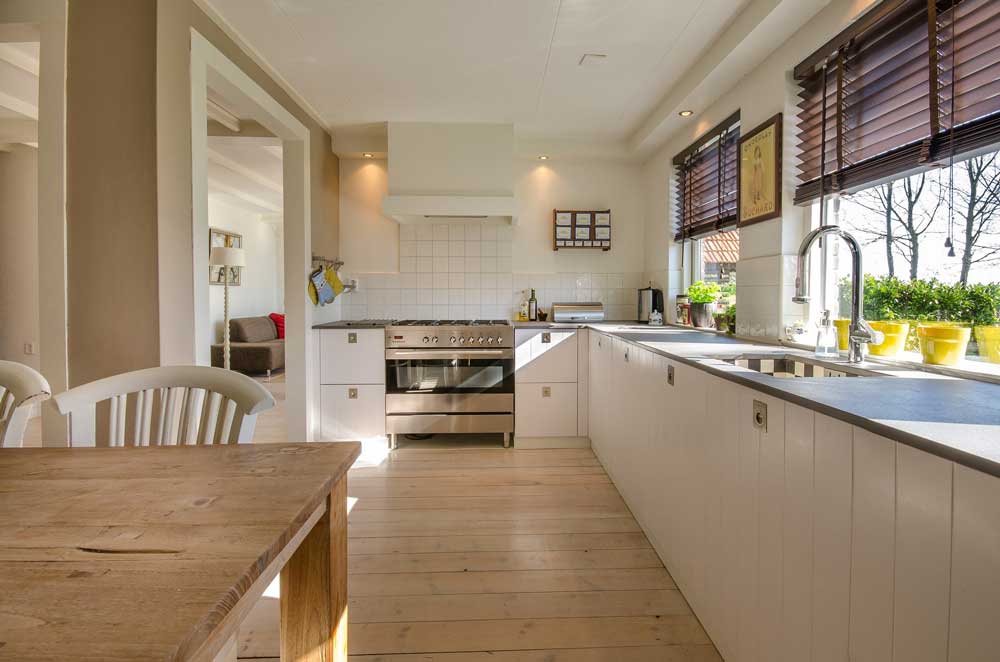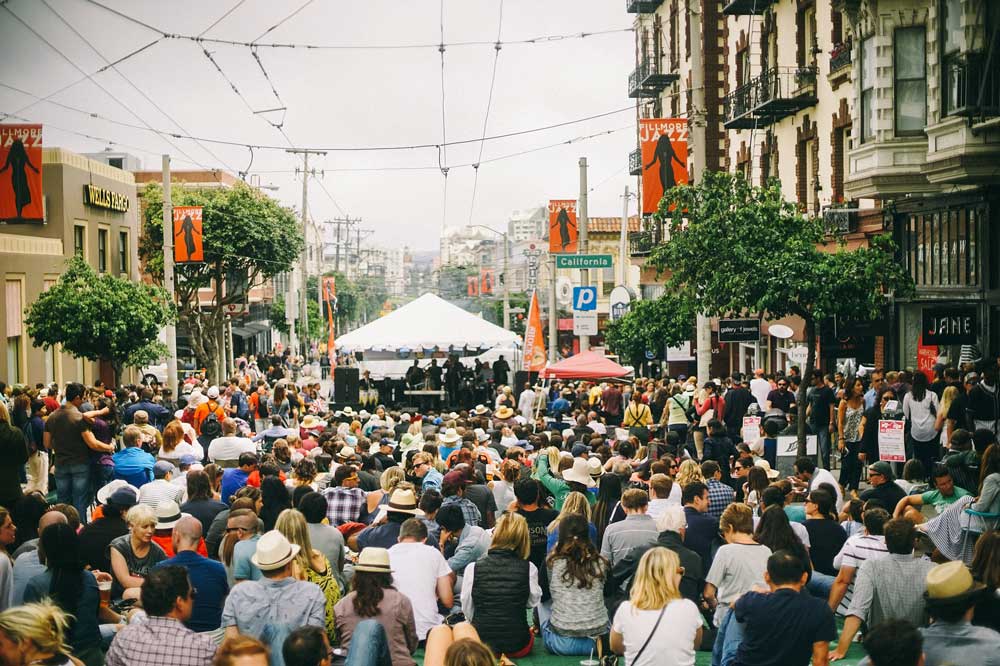
Vacation homes make for fantastic investments and great getaways. They offer the ability to make money on home price appreciation as well as passive income on rent. In many respects, vacation properties are some of the best investments that you can make. At a certain point, it may come time to sell a vacation home.
When it comes time to sell your vacation home, it’s essential to do a little preparation before you, and your real estate agent put it on the market. By taking a short amount of time now, you’ll not only help your property sell faster, but you’ll also ensure that you get the best possible offer for it.
To help you prepare your home, we’ve put together ten easy steps to follow to ensure the process goes as smoothly as possible. Read-on to discover how to sell a vacation home.
If you’re considering selling your cabin or cottage, be sure to also explore our article on the top five things to consider beforehand.
Step #1: Understand the Tax Implications
Before you do anything, please make sure that you fully understand the tax implications of selling your vacation home.
While Canada does not have any capital gains tax on selling your principal residence, there is a tax on selling any secondary home. In the United States, similar exemptions apply to primary residences depending upon the length of time you have owned and lived-in the home. However, as with most things tax-related, the laws are nuanced.
Typically, though, you should expect to have a tax bill at the end for a portion of the difference between what you originally paid for the property and the amount for which you sell it. Sometimes it may be wiser from a tax perspective to wait to sell or even keep the property. So, before you decide to sell a vacation home, consider a consultation with a tax lawyer to make sure that you won’t have too hefty of a tax bill at the end of the year!
Step #2: Tidy The House
Once you’ve decided that making the sale makes sense from a tax perspective, the next step is to start preparing your home for sale. Before doing anything significant, clean up the house. Sweep the floors, clean the garage, and make sure that the interior looks neat. In some of the other steps, we’ll focus more on particular sections of the house, but for right now, your primary focus should be doing a first-pass through the property to straighten things up. During this process, make sure the floors and bathrooms are clean. Keep the counter tops free of appliances as well.
If your vacation property has been vacant for a little while, sometimes there can be less-than-desirable odours that will turn off prospective buyers. This tip is a simple one, but it is vital. Buy a few air fresheners and make sure that your home smells good when people walk into it. Typically, the kind of air fresheners that you plug in and diffuse over a longer duration of time work the best in these types of situations.
Step #3: Boost Your Vacation Home’s Curb Appeal

Curb appeal is vital for ensuring that you will receive more money for your home and that it will sell faster. Having a higher curb appeal can result in a price increase of up to 12%.
While this term is subjective, there are a couple of techniques that will wow potential buyers and make them fall in love with your home. Cut the grass. Trim your bushes and hedges. Ensure the flower beds are well-manicured and don’t have dead plants in them. Tidy up the exterior, mostly. The goal is to have a potential buyer drive up to your house and think, “wow, this is a well-kept place that is likely to be a great investment!”
Just look at these before and after pictures to better understand the difference landscaping makes on your home’s curb appeal:
If you have enough time, lights work wonders for curb appeal. Porch lights and other outdoor lighting methods make your vacation home pop and make it stand out among the rest.
Whether your prospective buyers are looking at this property for an investment, rental income, or to use as their second home, they’re going to want something that looks nice. The first impression of quality curb appeal will go along way to ensure they feel that way!
Step #4: Optimize Lighting
Lighting is one of the most crucial selling features of a home. Coldwell-Banker puts it bluntly, “a dark room is an immediate turn-off to buyers.“
With vacation homes, people want places that will make them feel good and be relaxing. Or, they want a place that they can rent out quickly. Either way, buyers will wish to have bright rooms that have lots of light.
If you have some burned-out bulbs, now’s the time to fix them. If you have some windows that need washing or you need to replace them, consider doing so. Since blinds and lighting are so intricately related, some vacation homeowners will also take this opportunity to upgrade their window blinds.
Ideally, you would make your home feel bright and open. Buyers, especially prospective vacation homeowners, want to feel happy and relaxed in their spaces.
Step #5: Perform Any Necessary Repairs
Buyers like to have turnkey properties. Whether they’re looking at it as an investment or a place to spend part of their life in, most buyers want to be able to enjoy the property from day one. If the home needs repairs, it quickly gives the impression that buyers will need to do work before renting it out or enjoying the home themselves.
Therefore, make sure that you spend some time fixing things up. This step doesn’t just refer to the significant issues (like a broken toilet, for example). Repair the little problems as well. Squeaky doors, chips in the wall, and peeling paint are all fantastic candidates for quick fixes. Even if you don’t wind up renovating the entire house, fixing these little things will help make the buyer feel like the property was in good hands.
Step #6: Depersonalize Your Home
When prospective buyers visit your home, they need to be able to envision themselves living there.
If they see personal photographs, souvenirs, and other personal items lying around, it becomes harder for them to envision the space as theirs. Instead of thinking about how amazing owning your vacation home would be, they’ll instead see a photo of your smiling family from five years ago and think, “I can’t take this place away from this happy family!”
Depersonalization also refers to removing decor and items that are less mainstream. Your home should appeal to as many people as possible. Designs like wood panelling or unique paint colours might appeal to you, but they may not appeal to the broader population. Before you sell a vacation home, you may wish to remove these personal preferences in favour of mainstream colours, textures, and so on.
Step #7: Optimize the Bathroom And Kitchen

Bathrooms and kitchens are focal points for most homes. Of all the different renovation types, most real estate agents know that kitchens have the highest return on investment.
Families bond, make delicious food and have some of their most memorable moments in and around the kitchen. As such, it is one of the essential rooms in the entire house for receiving an offer for top dollar. Bathrooms have similar statistics.
For your kitchen, ensure that the countertops are clean. There should be no clutter on them. Make sure that your stove and fridge are clean. If you have an island, declutter it as well. Your goal is to make your kitchen feel bright and inviting. It should be devoid of dirt, dust, and grease that occur with everyday life.
Similarly, for your bathrooms, make sure the toilets and showers are clean. You should wash the sinks as well. Furthermore, any bathroom mirrors need cleaning to ensure they shine and sparkle. One neat trick is to make your bathroom feel like a spa. Put some nice towels in there and some different bath soaps. Showcase what a relaxing place the tub can be. Buyers who are looking to buy your property as a relaxing getaway will appreciate that touch!
Step #8: Stage Your Home
Some sellers hire professional staging companies to come in with furniture pieces and lay them out in the home. While a staging company will most certainly give your home a professional touch, you don’t necessarily need to hire a staging business to have the same effect.
The idea behind staging is that it not only makes each room look good, but it also gives each room a purpose.
You walk into the wide-open space, see the couches, and think, “yep, this is a living room.” Then when you get to the room in the corner, you observe the desk sitting there and realize that’s a den, for example. By properly staging your vacation home, you can avoid this confusion.
Even if you don’t hire a professional staging company, you should consider staging your vacation home yourself. To do this, simply take the furniture you have and move it around so that each room looks very defined and clean. For example, if you have a newborn during your trips to your vacation property and the crib is in your bedroom, put it in the spare room instead. That way, you shift the focus of the buyer from “this room has a crib and a bed, what is it supposed to be?” to “wow, this house has a spare room that I can use for a nursery or whatever else I want!”
Don’t leave furniture cluttered, dirty, or in a layout that wouldn’t make immediate sense to anyone walking through your home! Instead, hire a professional staging company or do the best you can to stage it yourself.
Step #9: Walk Through Your Home Like A Buyer
Pretend that you are interested in purchasing your property. After all, at one point, you liked it enough to put in an offer on it! Take a walk through your home and analyze it objectively. Is there anything left that you would like to change? Is there anything left that would make you think twice about putting in an exceptional offer?
If there are things still left that don’t feel right, trust your instinct, and correct those. Maybe you notice that the lighting doesn’t feel right or isn’t in line with modern trends. If it’s relatively easy to adjust, that might be a candidate for an upgrade. Even though it might be exceptionally challenging, try and detach yourself emotionally as much from the home as you can and focus on what your instinct is telling you needs fixing.
Step #10: List Your Home During the Busy Season

In order to maximize the number of potential buyers, list your home during the busy season. Common sense dictates that the more people viewing your property, the greater likelihood it will sell. Not only will you increase the pool of potential buyers, but you will also have their attention during a time in which they are more likely to make a purchasing decision. By listing your property during the busy season, you can take advantage of the “vacation high” being experienced by potential buyers. Such buyers, motivated to maintain their vacation high, will be better able to envision the benefits of owning a vacation home in one of their favorite destinations. Be sure to also speak with an experienced real estate agent to determine the best time of year to sell.
How to Sell a Vacation Home – Summary
None of these steps are difficult to implement, and most aren’t even that time-consuming. Yet, each one will have a substantial impact on the time it takes to sell a vacation home as well as the amount of money you will receive for it.
To recap, first understand the tax implications of your sale. Given that sales of second homes are typically subject to capital gains taxes, you’ll want to factor this aspect into any plans that you make. Next, focus on some of the apparent selling factors of your home – curb appeal, cleanliness, and lighting optimization. Each one of these is vital to receive the best offer for your property.
Next, you’ll want to perform any necessary repairs. If there are things in your vacation home that you’ve been living with that are less than ideal, correct that today! Cracked driveways, holes in walls, and other problems need repair before placing the home on the market. Focus, too, on your home’s smell and buy some candles or air fresheners. You’ll also want to depersonalize your home so that way a buyer can envision themselves in your vacation property and not you. After that, go back to the bathrooms and kitchens. Focus on those since they have a high ROI when it comes to selling houses.
Stage your home! Even if you don’t retain the services of a professional staging company, take the time to arrange the furniture in each of your rooms so that it gives the room clarity and makes it look aesthetically pleasing.
Before listing your property, do a final walk through of your property, thinking like a buyer. Anything that you see wrong, you should trust your instinct and fix it!
Finally, list your vacation home for sale during the busy season in order to maximize the chances of completing a sale.
Selling a vacation home might seem daunting at first, but with these ten steps, you’ll prepare your house for sale in no time!
